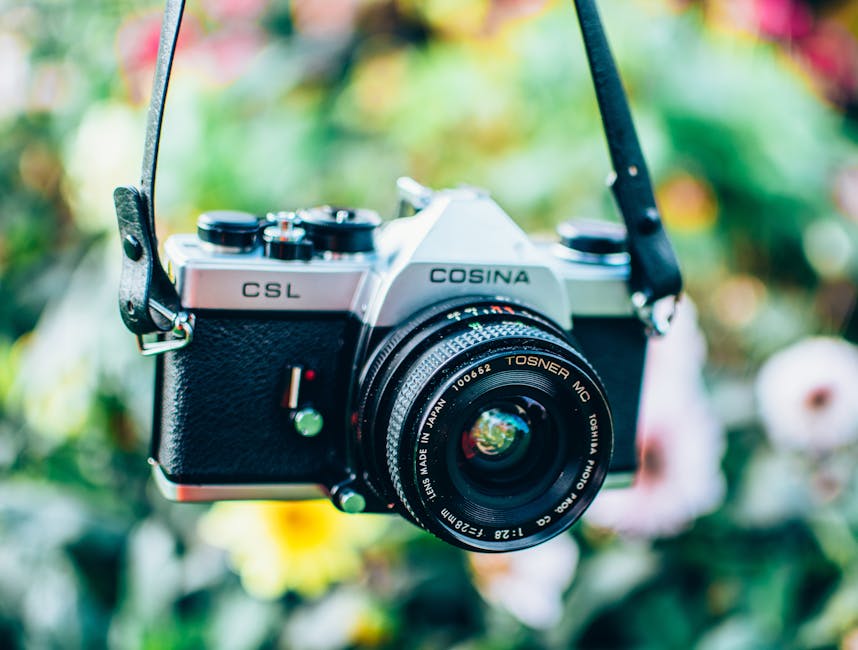SLR digital cameras are a popular choice for photographers of all levels, from beginners to professionals. They offer a wide range of features and options, allowing you to capture stunning images with ease. If you're new to SLR digital cameras, this guide will help you get started and learn the basics of using your camera.
**Understanding the Basics**
SLR digital cameras are designed with a single-lens reflex (SLR) system. This means that the light entering the lens is reflected by a mirror onto a focusing screen, which you can view through the viewfinder. When you press the shutter button, the mirror flips up and the light passes through to the sensor, which captures the image.
**Choosing the Right Lens**
One of the most important decisions you'll make when using an SLR digital camera is choosing the right lens. Lenses come in a variety of focal lengths, which determine the field of view and magnification. For general photography, a standard zoom lens with a focal length of 18-55mm is a good option.
**Setting the Exposure**
Exposure refers to the amount of light that reaches the sensor. It's controlled by three main settings: aperture, shutter speed, and ISO. Aperture controls the size of the opening in the lens, shutter speed controls the duration of time the shutter remains open, and ISO controls the sensitivity of the sensor to light.
**Understanding Aperture**
Aperture is measured in f-stops, such as f/2.8, f/5.6, and f/11. A smaller f-number (e.g., f/2.8) means a wider aperture, which lets in more light and creates a shallower depth of field (blurred background). A larger f-number (e.g., f/11) means a narrower aperture, which lets in less light and creates a greater depth of field (more objects in focus).
**Setting the Shutter Speed**
Shutter speed is measured in seconds or fractions of a second, such as 1/60, 1/250, and 1/1000. A faster shutter speed (e.g., 1/1000) freezes motion, while a slower shutter speed (e.g., 1/60) can create motion blur.
**Adjusting the ISO**
ISO is measured in numbers, such as 100, 400, and 1600. A lower ISO (e.g., 100) produces less noise in the image, while a higher ISO (e.g., 1600) produces more noise but allows you to shoot in darker conditions.
**Additional Tips**
* Use a tripod to stabilize the camera and prevent camera shake.
* Experiment with different angles and compositions to create interesting and visually appealing images.
* Learn about the different shooting modes available, such as aperture priority, shutter priority, and manual mode.
* Practice regularly to improve your skills and gain confidence in using your SLR digital camera.
With these tips and a little practice, you'll be well on your way to capturing stunning images with your SLR digital camera.

